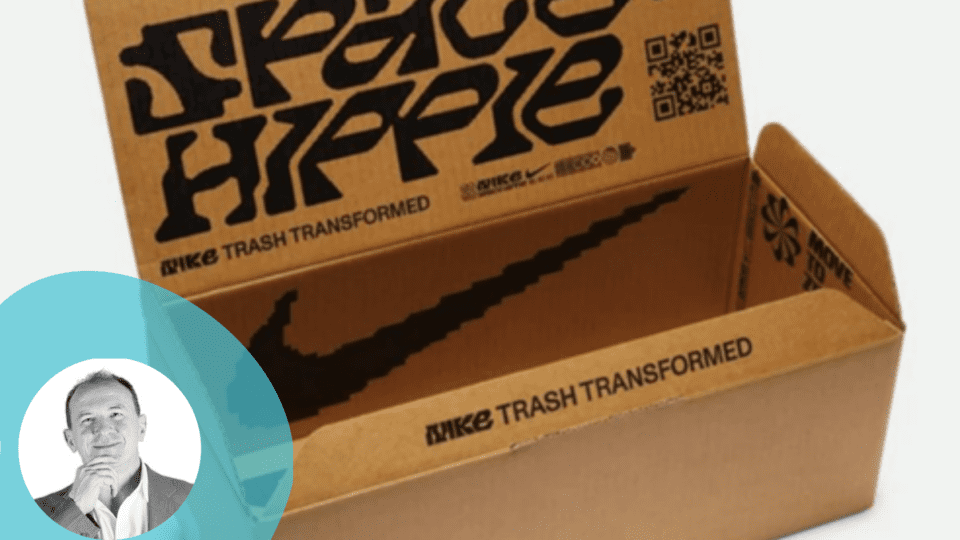BCG’s research into consumers’ sustainability attitudes and actions is a very stark expression of three fundamental problems related to sustainability:
1. There are a raft of governmental targets and commitments that have no chance of succeeding unless they are actively understood by consumers and put into practice.
2. There are a host of global brand companies that, though they nod to more sustainable practices and have extensive roadmaps, have not found the investment ambition to bring their consumer powerhouse brands to bear fully on accelerating consumer change.
3. Finally, and most importantly, there is a well-documented gap between consumers’ good intentions to behave more sustainably and their actual actions.
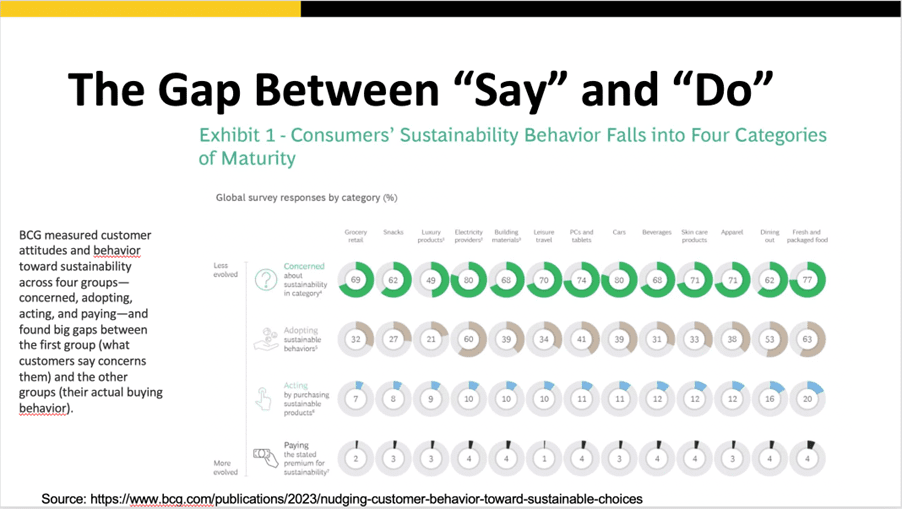
Issues of understanding, credibility, trust, actionability, motivation and reward are all currently maintaining the gap between opportunity and action, and this article seeks to outline how connected packaging in its many forms is capable of accelerating sustainable behaviour.
Why Connected Packaging Is a Silver Bullet
At its most simple, the opportunity to use a prominent QR code on a piece of packaging liberates the informational, social, creative and economic power of consumers’ phones to the cause of greater sustainable action.
‘There is no more powerful moment of truth’ than when the consumer holds a product in their hand and asks the fundamental questions: ‘Is this brand telling the truth?’ ‘Will it make a difference?’ and ‘Is it worth it?’
Understanding and Actionability
When you see a Coca-Cola can with ‘Recycle Me’ written on the side, it makes one wonder how much more powerful it would be if they used mobile connectivity to explain the ‘why’ and the ‘how’ of that worthy injunction.
Reckitt Benckiser’s Finish brand make it clear why the oceans need consumers to understand the environmental benefits of superior formulations for cleaner, less polluted waters.
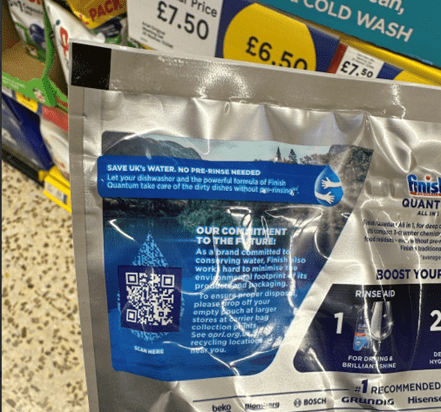
Unilever’s global Cif brand goes a step further in explaining how consumers should buy their recyclable formulation solutions and how that can be done easily. The process of recycling is made clear so the activity of recycling is made easy.
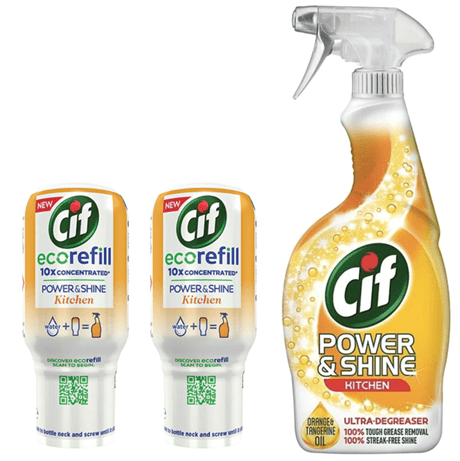
Credibility and Trust
One of the major barriers to consumer commitment to sustainable action is the lack of trust consumers often have. Greenwashing is a harsh term but even lack of clarity and transparency can lead to inaction.
The Mars Galaxy brand has made a dramatic communications commitment to help consumers appreciate the credibility of its ethical, sustainable supply chain. The connected content platform linked to the QR code explains at length the company’s commitment to ethical sourcing.
The Farmer Focus brand goes a step further, allowing consumers to discover and explore the precise farmer and farm from where their chicken is sourced. Digital connection is the only way this transparent traceability can be delivered for every product that arrives on a consumer’s table.
Creativity
The requirements of ethical, sustainable expression are significant and demanding. That said, there is no justification for them to dull and boring. Seriousness does not remove the need for creative energy and passion.
Nike has made an attempt with their ‘Move To Zero’ sustainable product to create a sustainable branding identity that is consistent with the competitive excitement of their brand.
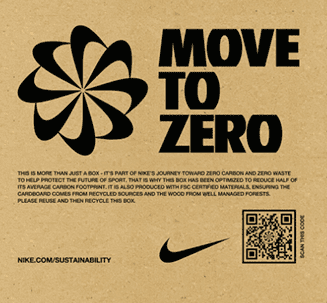
The connected platform, which is driven from the product packaging, has all the energy and social passion for which Nike is famous. It presents the vision for sustainability in a passionate way and encourages the brand’s passionate consumers to wear the recycled material products as a cool badge of social honour.
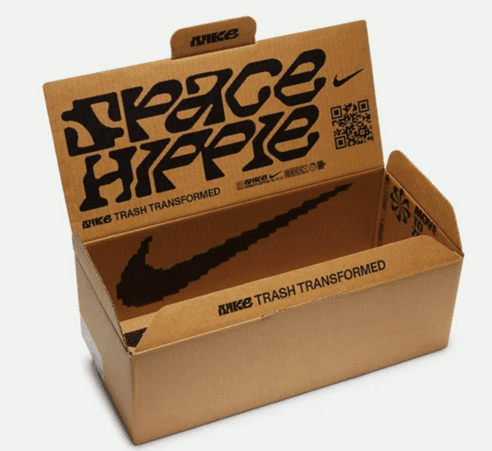
Unilever’s Robijn brand, (Snuggle in the U.S.) utilizes the famous brand character of the bear to be a brand spokesperson for its sustainable innovation. The on-pack QR code is presented by the bear on its dry wash detergent product (dry wash requires no water or detergent consumption).

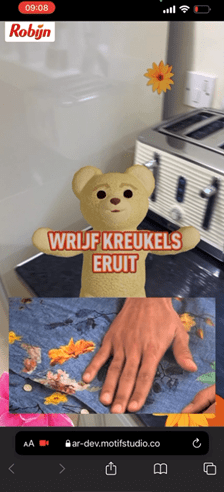
Beyond the QR code connection, the much-loved Robijn bear appears in augmented reality to present the innovative product format and the unique usage requirements of the waterless laundry system. The use of augmented creative delivers high impact for the brand and ensures that the complicated usage content is given the right level of engagement.
Reward
It is a commonplace of consumers’ response to more sustainable products that they are typically uncomfortable with paying more for doing good. Connected experiences via connected packaging facilitate a ‘mutual value exchange’ that can make more sustainable purchases ‘worth it.’
In the case of Nescafe in China, its ‘Cup of Respect’ Program allows consumers that scan the pack to use their purchases to grow coffee beans and in the process earn free coffee. This reward approach gives consumers a strong ‘emotional reward’ for their engagement with the brand’s sustainability ambitions.’
Unilever in Canada has taken a more tangible and commercial approach to reward in launching its major Sustainable Rewards initiative Leap. QR codes from a number of products and promotions are used to encourage consumers to download the app to reward purchasers of a number of brands across their most sustainable products. Purchases earn currency that can be used to discount purchase of other products or to donate to sustainable initiatives.
This approach increases the accessibility and availability of new, more sustainable offerings in a way that is highly targeted and of immediate value.
Connected Packaging Essential For Sustainable Accelerations
Connected packaging is an extremely powerful tool in closing the gap between ambition and action for all those concerned about greater sustainable action — governments, companies and consumers. It offers a unique moment of accessibility, truth and interaction with interested consumers. Its media cost is effectively zero, its reach is completely targeted and without wastage, and its ability to increase sales is second to none.
Paul Simonet’s background is as a global strategy director at Ogilvy, JWT, Saatchi and McCann, developing brands such as Guinness, Intel, MasterCard and HSBC. He founded Experience is Everything as a built-for-purpose offering to develop the emerging opportunity for brands to use connected packaging as an ‘owned media’ brand channel. The team has worked extensively on bringing brand sustainability and transparency to life via connected packaging across a broad range of sectors.



